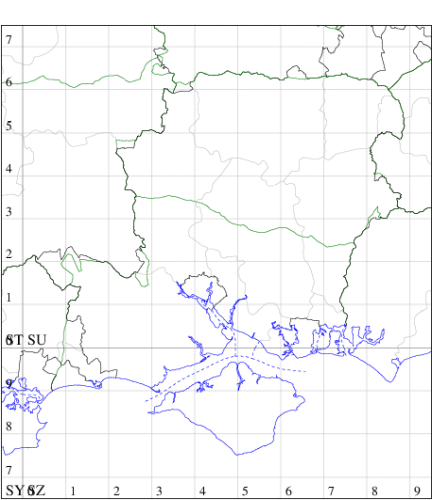Depressaria depressana
Checklist Number32.048 [B&F: 0683]
Verification
Record requires retention of specimen until confirmed, and may require dissection. Consult with CMR if unsure
Classification
| Family: | Depressariidae |
| Subfamily: | Depressariinae |
| Genus: | Depressaria |
| Species: | depressana |
| Authority: | (Fabricius, 1775) |
Extinct in the British Isles, formerly known from hedgerows and rough pastures in parts of south-eastern England, including Surrey, Hampshire, Essex and Kent. The moth seems to have become extinct around the 1890s, a fate which befell other species at the turn of the century, possibly linked to the climatic changes which occurred at that time. Unlikely to be recorded in Hampshire or on the Isle of Wight. Wingspan 15-17 mm. Similar to D. pimpinellae and D. chaerophylli which both have black markings on the forewing, absent in D. depressana, which has an ochreous-cream head, thorax and tegulae (MBGBI Vol 4 part 1). Larva feeds on Wild Carrot, Wild Parsnip, Burnet-saxifrage and Milk-parsley, living gregariously within spun or rolled flowers.

